Maintenance & Troubleshooting
Signs of Wear & Troubleshooting
- Unexpected noises: a squeaking noise when your vehicle accelerates, hits a bump, or stops may indicate worn ball joints. Noises that the ball joint makes as it begins to wear can start as minor clicks felt in the steering wheel, and gradually progress to loud thumping and clunking noises as wear worsens. These sounds are particularly obvious when your vehicle shifts its weight to and from the wheel with the bad ball joint, such as when driving over a pothole.
- Unexpected vibration: vibrations at higher vehicle speeds may indicate worn ball joints.
- Loose or stiff steering - difficulty steering and handling your vehicle may indicate worn ball joints. If steering feels loose or sloppy, then the ball joint and socket may be wearing out together, the ball joint becoming smaller and the socket gap increasing. However, worn ball joints may also lead to tight or stiff steering, making it difficult to turn quickly and smoothly.
- Tire wear - As ball joints wear, they allow the front wheels of your vehicle to point outward and away from each other in a 'toe-out' position. This position will result in uneven wear on one side of your tire that feathers across the tread toward its center. Worn ball joints may also be signaled by a more extreme variation of uneven tire wear, called camber wear, where the tire leans in or out at the top, and a hard line of excess wear is seen along one edge of your vehicle's tire.
- Alignment issues: An inability to set your vehicle's alignment to proper specifications may be a sign of ball joint wear.
Good Maintenance Practices
- Inspect or have your ball joints inspected for signs of wear. Over time, lubrication inside the ball joint can dry out, leading to joint wear. Even sealed ball joints can be exposed to air, and if the ball joint's protective boot is damaged, dirt and debris could further harm the life and function of the joint. Exposure to harsh driving conditions like pot holes, bumpy road surfaces, or road salt may also cause ball joints to fail, and worn ball joints could result loss of vehicle control or tire damage. Inspect your ball joints regularly, following exposure to events that may harm the component, or when you experience signs of ball joint wear.
- Use new installation components. If you replace your vehicle's ball joints, make sure to use new mounting hardware, rather than reusing the old.
- Avoid replacing only one ball joint at a time. If you choose to replace a ball joint, you should consider replacing ball joints as a set to make front end alignment easier.
- Installing a new ball joint can interfere with the alignment of your vehicle. Perform a full four-wheel vehicle alignment after any ball joint replacement.
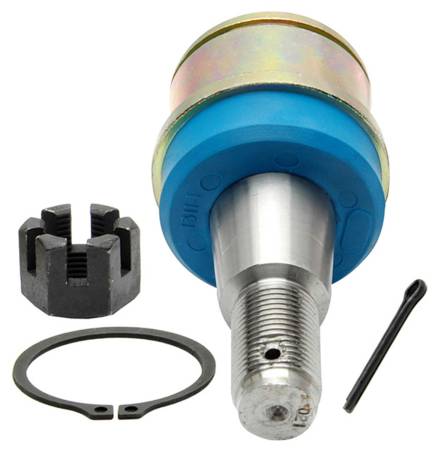
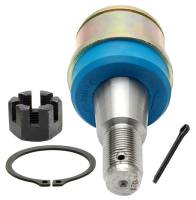
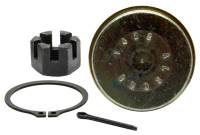
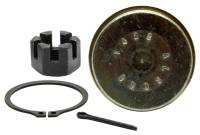
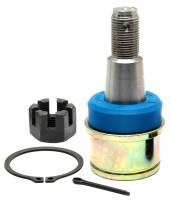
 WARNING: Cancer & Reproductive Harm -
WARNING: Cancer & Reproductive Harm -
Write the First Review!